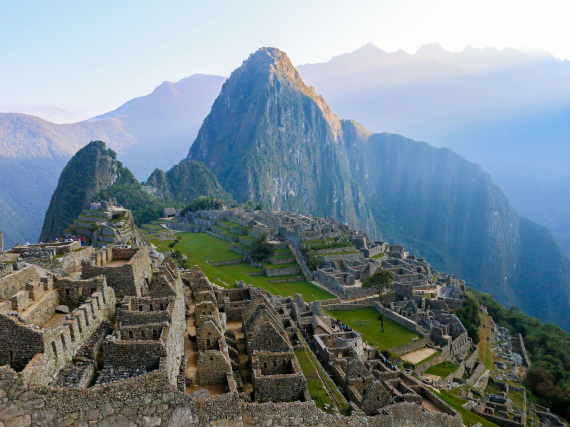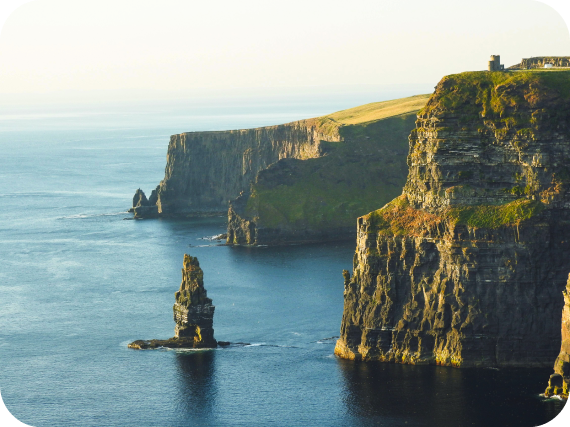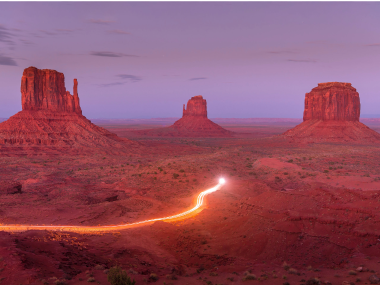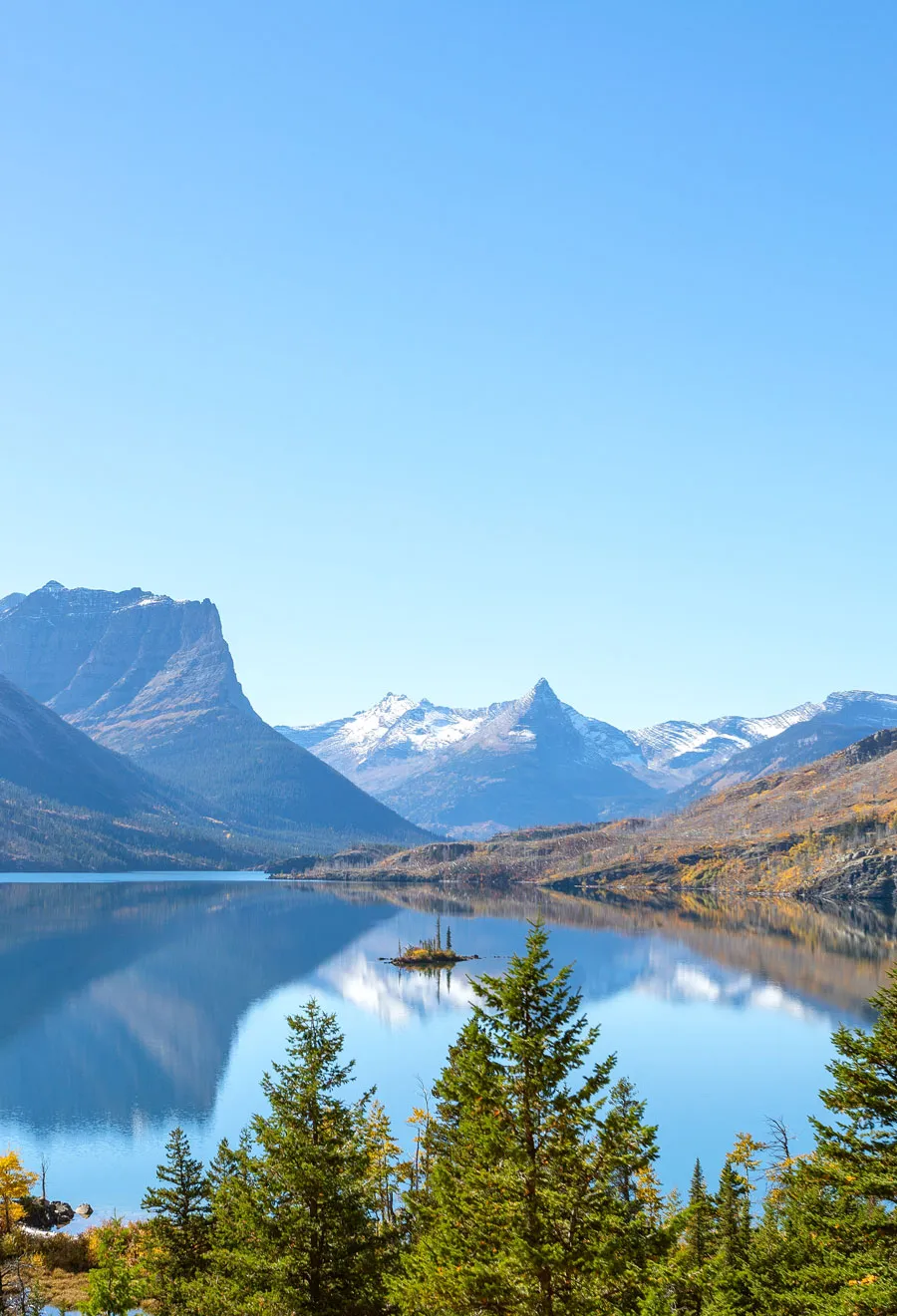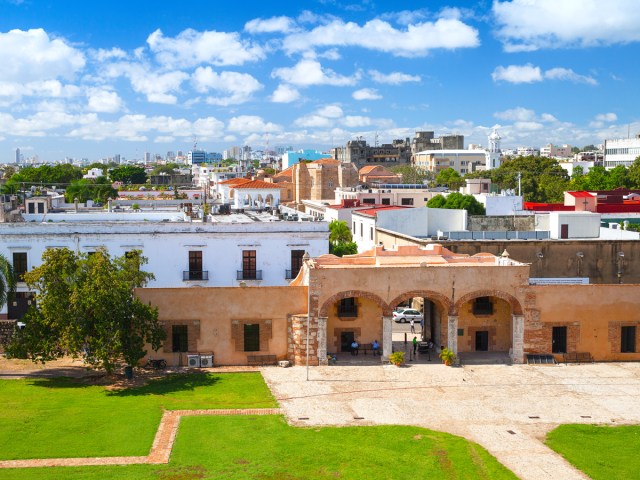Think your hometown weather is unpredictable? Across the United States, some cities don’t just live with seasonal climate changes — they wrestle with them daily. These places are famous for jaw-dropping temperature swings that can turn a pleasant morning stroll into a furious sprint for shelter. From the remote extremes of Montana to the Rocky Mountains and Great Plains, here are 10 U.S. cities that have taken the phrase “four seasons in one day” to heart.
Spearfish, South Dakota

The small city of Spearfish is located about midway between Mount Rushmore and Devils Tower, the country’s first national monument. Typical year-round temperatures in Spearfish range between 40 degrees and 80 degrees Fahrenheit, but a sudden turn of events on January 22, 1943, saw the city set a Guinness World Record for the world’s fastest temperature drop. The day began at -4 degrees, but in two short minutes, the temperature rose to 45 degrees. Incredibly, on the same morning, the city witnessed a 27-minute, 58-degree drop from 54 back to −4, cracking windows and covering car windshields with an instant frost.
Rapid City, South Dakota
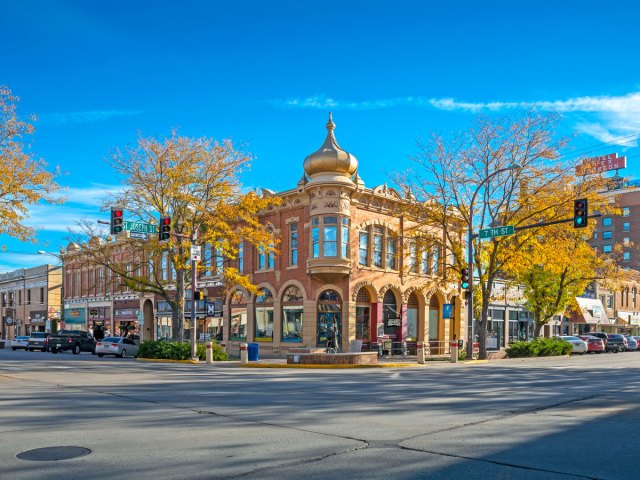
On November 9, 1911, residents in Rapid City woke up to an unseasonably mild day, with the thermometer reading 55 degrees Fahrenheit. By 8 a.m., however, an arctic blast tore through the northern plains, sending the mercury plunging to a bitter 3 degrees — an incredible 52-degree drop in just two hours. After chilling South Dakota, the cold front moved eastward, causing tornados and blizzards across the Midwest.
Milwaukee, Wisconsin
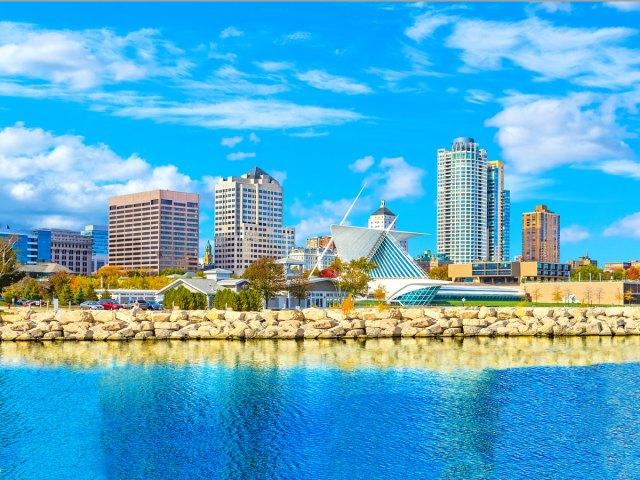
In the space of 16 hours between February 27 and February 28, 2024, Milwaukee witnessed a dramatic temperature swing of 58 degrees. Locals went from basking in a toasty 74 degrees on Tuesday to waking up to a frigid 16 degrees on Wednesday morning. This abrupt change also blanketed some parts of the region in overnight snow. Local meteorologists reported that it was one of the wildest nights in local weather history, matching similar drops in 1911 and 1934.
Madison, Wisconsin
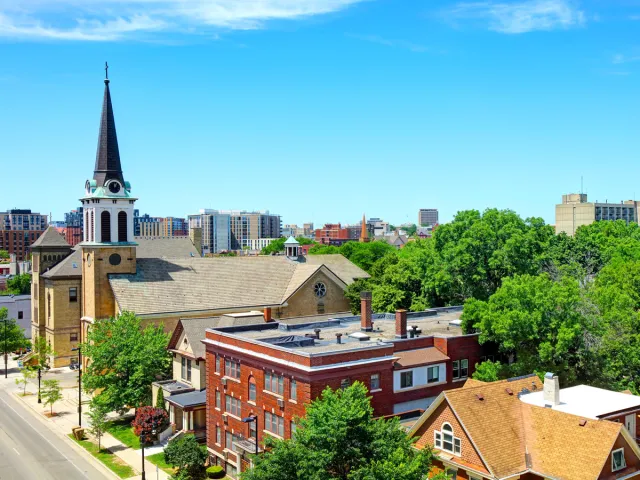
Just 80 miles away from Milwaukee, Madison experienced its own record-breaking temperature drop on the same night in February 2024. The mercury dropped 59 degrees, from a springlike 70 degrees on Tuesday to a chilly 11 degrees on Wednesday morning. The sudden swings in both Madison and Milwaukee were attributed to a notably strong El Niño weather pattern that year.
Oklahoma City, Oklahoma
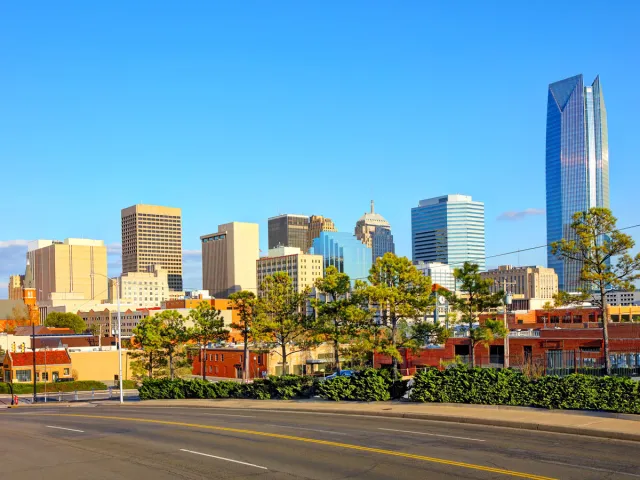
With its location in Tornado Alley, Oklahoma is accustomed to dramatic weather. That was particularly true on November 11, 1911, when the state set records for its most extreme temperature swing. That day, the mercury in Oklahoma City soared to 83 degrees before plummeting 65 degrees to a reading of 17 by midnight. Both the high and low temperature remain as records for November 11. The culprit was the Great Blue Norther, a powerful cold front that followed similar events in Rapid City just days earlier.
Amarillo, Texas
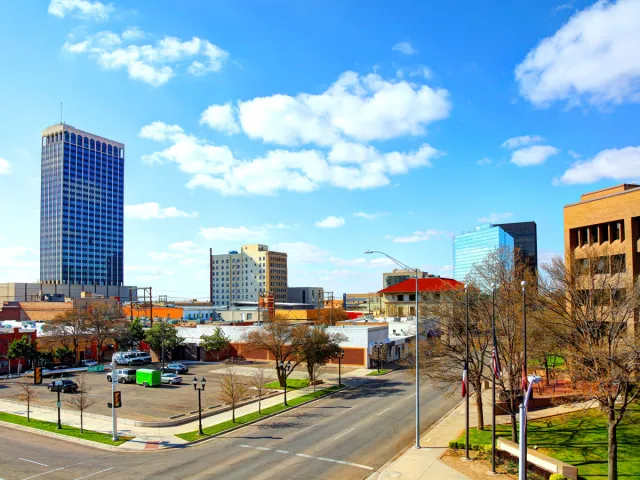
An unforgiving Blue Norther cold front was also responsible for a 66-degree temperature swing in Amarillo on December 12, 1919. In just one hour during midday, the temperature dropped from 67 to 23 degrees Fahrenheit. By 7 p.m. that evening, it had plummeted even further to a bone-chilling 1 degree. While December daytime temperatures in Amarillo typically hover between 25 and 49 degrees, the city’s setting on the High Plains leaves it exposed to persistent winds and dramatic changes in weather.
Denver, Colorado

Dramatic weather patterns are also a part of life in the Mile High City, owing to its setting beside the Rocky Mountains. In winter, vast temperature shifts are caused by warm Chinook winds and cold arctic air masses originating in Canada. Denver’s largest swing on record occurred on December 14, 2008, when the mercury dropped 76 degrees, from 58 to 18 over a two-day period. The largest one-day swing was a 66-degree drop from 46 to -20 in January 1872.
Fairfield, Montana
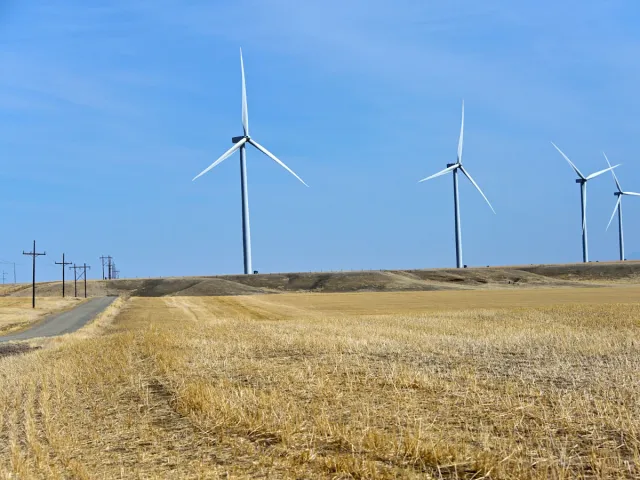
Montana is no stranger to weather extremes, either, with Christmas Eve 1924 in Fairfield being a particular standout. In just 12 hours, residents endured a staggering 84-degree drop from 63 to -21 degrees. This is widely considered to be the largest 12-hour temperature swing ever recorded in the U.S. Fairfield sits near the Rocky Mountain Front, where arctic air from the north can collide with warmer Pacific air. This makes the city susceptible to rapid temperature swings between the mountains and Great Plains, especially in winter.
Browning, Montana
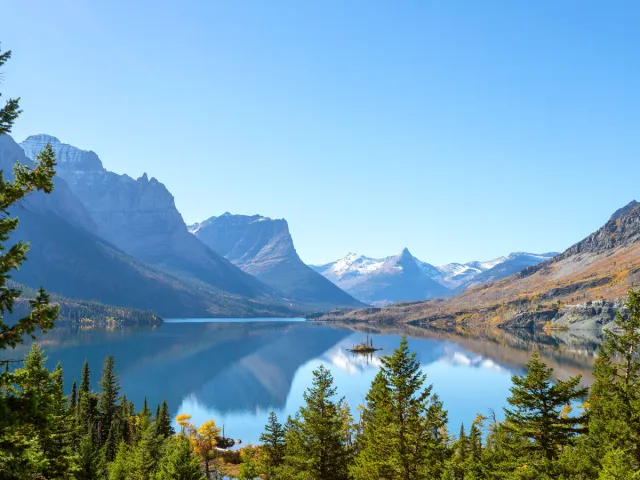
Montana was also the location for one of the country’s largest temperature drops over a 24-hour period. It occurred in Browning between January 23 and 24, 1916, when the thermometer changed from 44 degrees to a bone-chilling -56 reading, thanks to a warming Chinook wind pattern colliding with a powerful arctic cold front from the north.
Loma, Montana
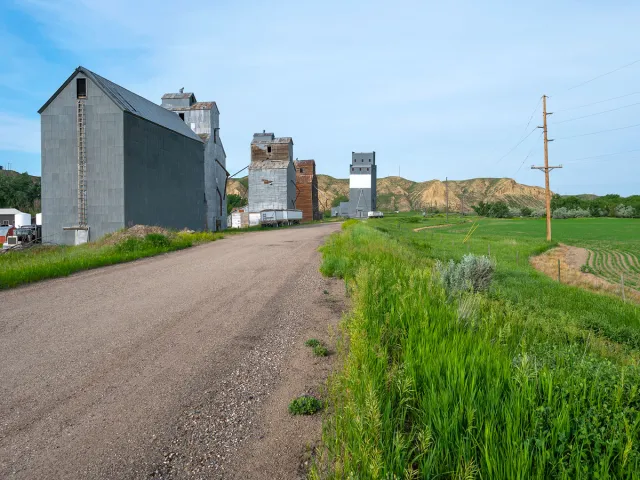
And lastly, another Montana city holds the current Guinness World Record for the largest temperature range in a single day: a staggering 103-degree rise from -54 to 49 degrees over 24 hours between January 14 and 15, 1972. On that frigid morning, cool Arctic air settled in the valleys and lowlands of northern Montana, but swift Chinook winds from the Rockies sent temperatures soaring along the mountain front. Temperature swings aren’t the only climate-related records held by Montana, either. In January 1887, the largest snowflakes on record, measuring 15 inches wide and 8 inches thick, were found near Missoula.
More from our network
Daily Passport is part of Inbox Studio, which publishes content that uplifts, informs, and inspires.

